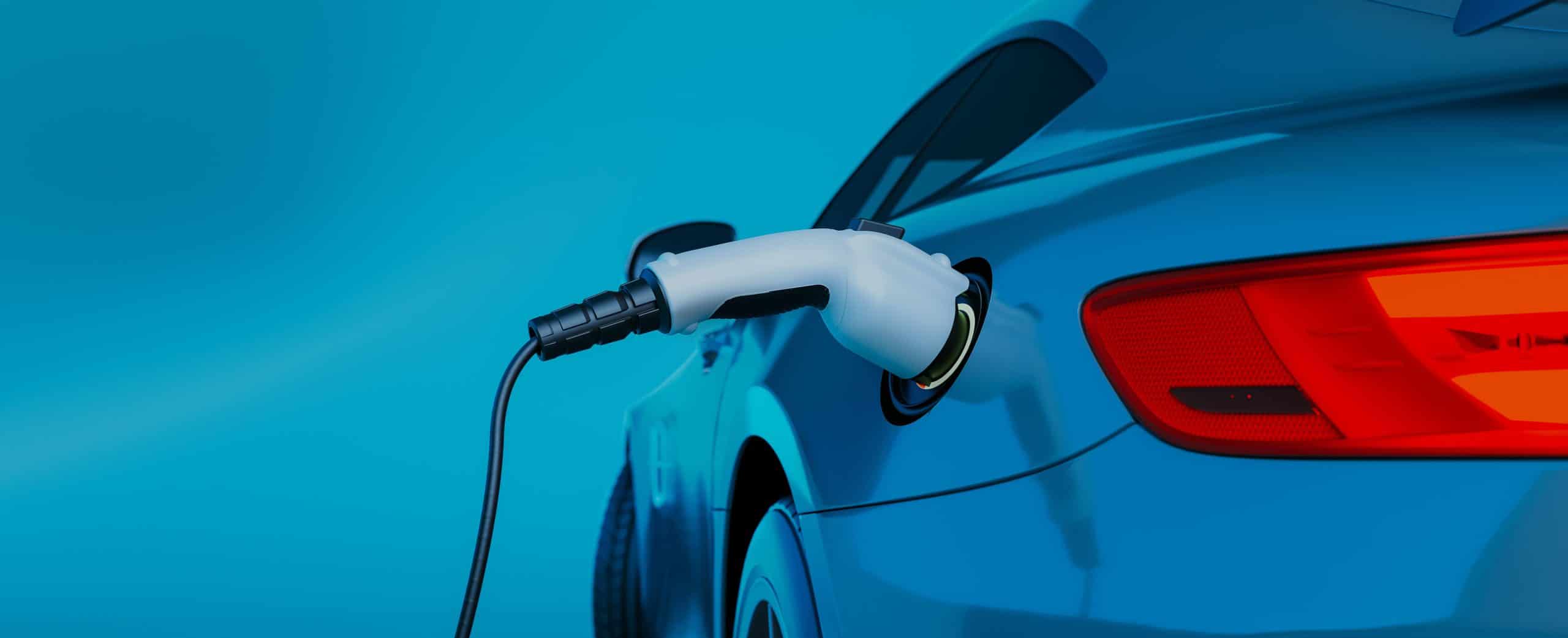A tax credit of up to $7,500 for electric vehicles (EVs) and other clean vehicles has been around for several years, and has been a solid incentive for consumers to spend extra money to purchase clean vehicles. The Inflation Reduction Act of 2022 (the Act), which was signed into a law in August 2022, has a complex set of requirements as to which vehicles qualify for the new EV tax credit. The following is a high-level guide to the Act.
1. A new requirement for final assembly in North America took effect on August 16, 2022.
Consumers need to determine whether the vehicle they are interested in is assembled in North America. The Department of Energy has published a list of model year 2022 and 2023 electric vehicles with final assembly in North America that consumers can refer to (https://afdc.energy.gov/laws/electric-vehicles-for-tax-credit). Consumers also need to note that for some manufacturers, the build location may vary based on the specific vehicle and trim. There is a VIN decoder tool that allows consumers to punch in the VIN to determine where the final assembly took place.
What if you bought an EV before August 16, 2022 without knowing this requirement? If a written binding contract to purchase a new qualifying EV was signed before August 16, and you did not take possession of the vehicle until on or after that date, you may still claim the credit under the old rule as long as the vehicle’s manufacturer has not hit the 200,000 sales cap.
2. The Act removes 200,000-vehicle manufacturer sales cap beginning in 2023.
Tesla’s eligibility for the credit under the old rule has ended since it hit the 200,000 limit on electric vehicles sold per automaker. General Motors Co. has also hit the cap. As of January 1, 2023, the 200,000 limit will no longer apply. This means if you want to buy a Chevy Bolt or Tesla Model Y, it will not qualify for the tax credit if purchased in 2022, but will be eligible for the new EV tax credit if you wait until January 2023.
However, if your income is over the limit or the vehicle you are interested in is not assembled in North America or is over a specific price (discussed below), 2022 may be the year to buy.
3. The Act provides more stringent requirements for vehicles to be eligible starting in March 2023: A new battery components requirement and a critical mineral sourcing requirement will be added.
To be eligible for the $3,750 battery components portion of the tax credit (half of the full $7,500 tax credit), the percentage of the value of the battery’s components that are manufactured or assembled in North America must be at least 50% in March 2023, and it increases every year.
To be eligible for the other half of the credit, a certain percentage of the battery’s critical minerals must be extracted or processed in the U.S. or countries with which the U.S. has a free trade agreement, or recycled in North America. That threshold is 40% in March 2023 and is set to increase every year.
Once the rules are in effect, many U.S. made EVs may only qualify for half the credit because of the stringent sourcing requirements.
Lifting of the manufacturer sales cap on January 1, 2023, combined with less stringent battery component and mineral sourcing requirements until March 2023, will allow consumers to receive the full $7,500 credit on U.S. made EVs like Tesla and Chevy, if purchased before the new rules take effect.
4. The Act caps the credit based on the EV manufacturer suggested retail price (MSRP).
Starting in January 2023, SUVs, vans and pickup trucks must have an MSRP below $80,000 to be eligible for the new credit. All other vehicles must have an MSRP below $55,000 to be eligible.
5. The credit is subject to an income eligibility limit starting in January 2023.
Single tax filers are eligible if their modified adjusted gross income (MAGI) is below $150,000. The income cap rises to $225,000 for heads of household, and $300,000 for married filing joint couples. If your income is over the threshold, there are tax strategies to lower the income.
The law is subject to additional guidance and future changes that may allow more vehicles to be eligible for the new credit. If you have questions regarding any of the information included in this article, please contact us at info@tgccpa.com.
Written by Frances Kim, CPA – Tax Senior


